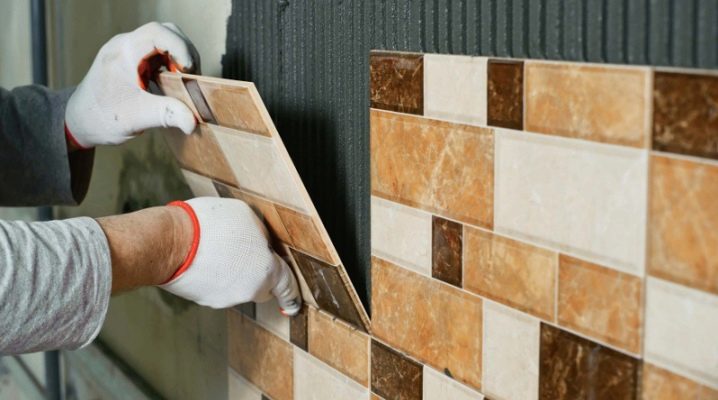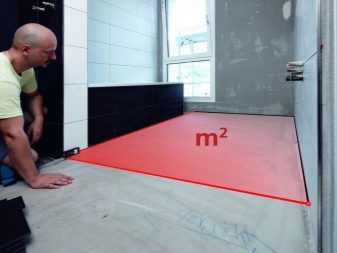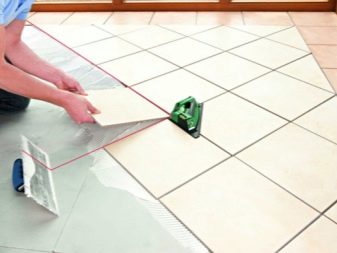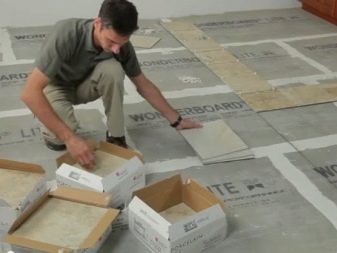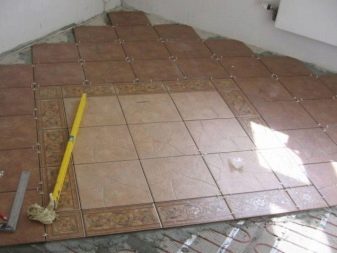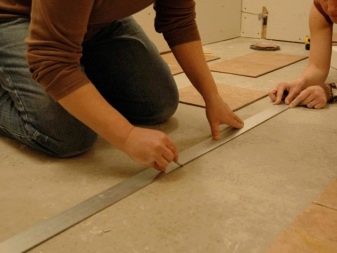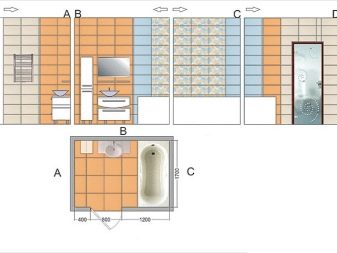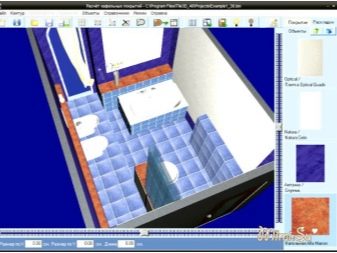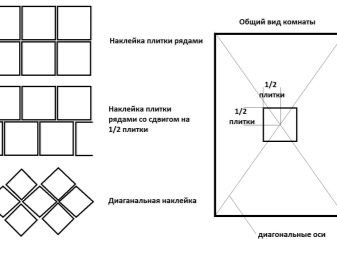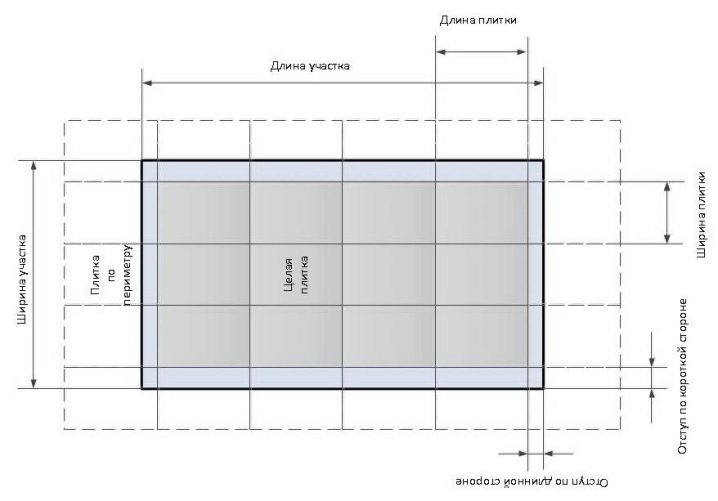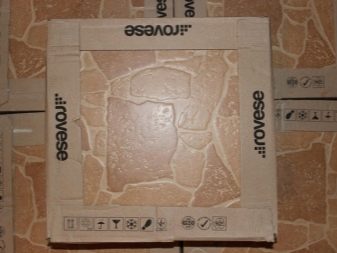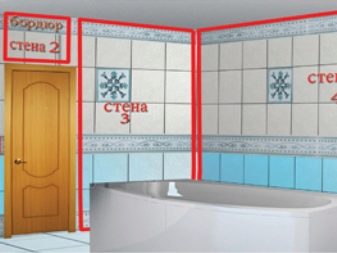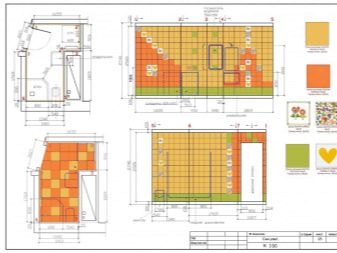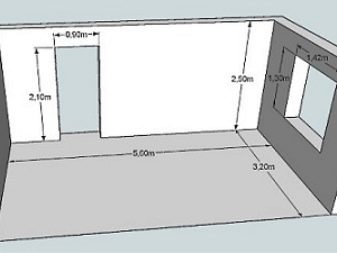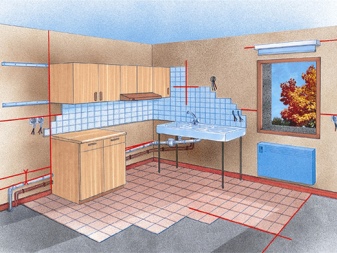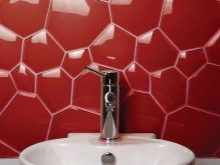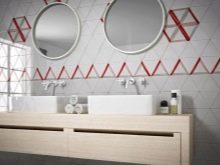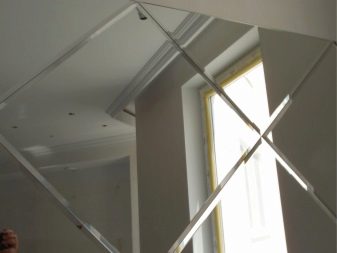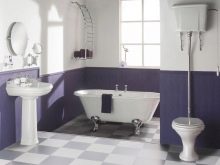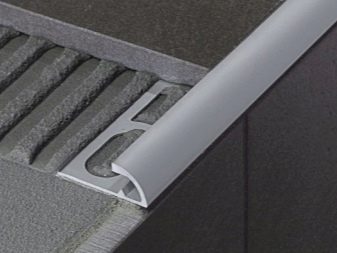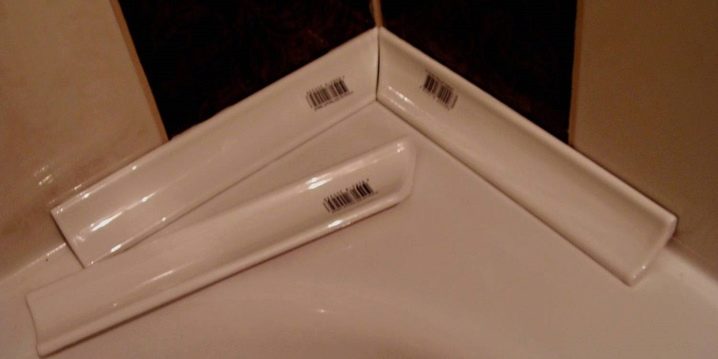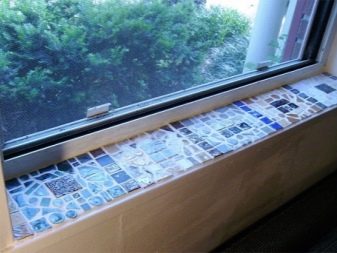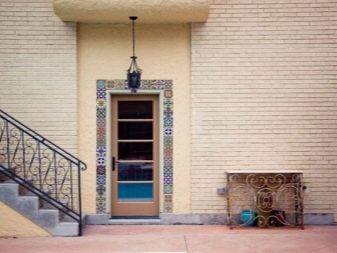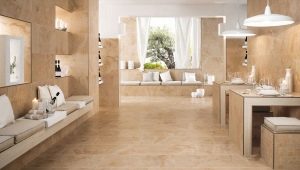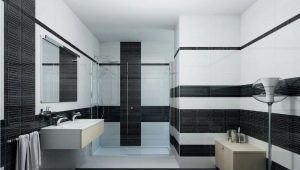Subtleties of calculating the number of tiles
When purchasing materials for repair, you need to know exactly how much material is needed. If you buy more, money will be wasted, but if you buy less, then repairs will have to be suspended in order to purchase the necessary amount. Some materials are made in limited series, and it is likely that you simply will not find the desired pattern or texture. Purchase of tiles is no exception: accurate calculation will allow you to finish the work on time and at no additional cost.
Special features
The calculation of the required number of tiled squares is not a simple process. It is necessary to carefully make all the measurements and calculations, depending on the characteristics of the room, the method of laying and the size of the tile itself. You should not count on the fact that the tile can always be purchased, because even different batches of the same type may differ in shade or texture.
To make the tile exactly enough for the entire surface, you should immediately buy a little more., what turned out according to the calculation, since in some parts of the room the tiles need to be joined and cut, adjusting the ornament.
When calculating it is necessary to take into account that the seam between the floor tile and the wall material does not remain, so that irregularities are not visible.
What is important to consider when calculating?
To begin with, the total surface area on which a tile of the same type will be laid is calculated. If it is a floor or ceiling, it is necessary to multiply the width by the length, if it is a wall, then you need to multiply their length by the height. Measurements are carried out using a conventional tape measure, data is recorded on a piece of paper. In order not to make a mistake or to reveal the curvature, it is possible to make several measurements on different parts of the wall or floor. It is better to calculate the area in square meters, and then divide it into the area of one ceramic tile, the dimensions of which are also converted to meters. Thus, the minimum amount of material will be obtained without taking into account trimming, pattern matching, or marriage registration.
Laying tiles diagonally allows you to hide even significant defects in the floor and wallshowever, when calculating stacking in this way, it is necessary to lay a larger percentage of trimming and waste: 15-17%, depending on whether it is necessary to customize the pattern on the tile. A special option for the diagonal placement of tiles is a herringbone. There are two options for this arrangement: in one, the first tile is laid parallel to the walls and the installation goes to the diagonal; in the other, the first tile goes at an angle and the laying is laid perpendicular to the walls.
In cases of laying paving slabs, it is best to lay 10 percent for defects during transportation and installation. This tile is quite fragile and easily splits into pieces. It is also much more difficult to calculate the exact dimensions of the area of the driveway or path to the gazebo, because this is not a square room, clearly defined by walls, but an object of complex shape.
At the same time with the calculation of the number of ceramics, you can also find out the necessary amount of grout for tile joints - fugues. You can calculate the approximate number of fugues, like tiles, with the help of special online calculators. They must enter the already calculated data on the area, and the program itself will count everything, taking into account the defect rate.And you can use different calculation formulas, according to which the average consumption of a fugue is 1.6 kg / m3. Often, manufacturers write the average consumption of tile adhesive and grouting directly on the packaging.
This calculation can also be used, but for this you will need to make it right in the store.
How to calculate?
The easiest way to calculate the number of tiles is, of course, to use online calculators to calculate. However, even in the case of using such a program, it is necessary to correctly measure all the necessary quantities, and the Internet may not be at hand, therefore it is better to know and be able to use several types of counting.
Standard counting
The simplest finishing option is the usual square tile of the same color or with an incompatible pattern (for example, marbled or wood). In the case of laying such a material, you can start working from any angle and not adjust the position of each tile before applying the adhesive.
Such ceramics can be cut from all sides and use any trimming.
- Step 1. The length of the walls is measured and the total length of the perimeter is calculated.If the room has a complex shape, it is necessary to take into account all projections and niches.
- Step 2. Height is measured, all values obtained are rounded to the centimeter.
- Step 3. The area of windows and doors is subtracted from this value, since these surfaces are not tiled. If tile is being laid on the ceiling, the ceiling area is calculated.
- Step 4. If the decorative bathroom screen is also decorated with tiles, then its area also needs to be calculated. And if the bath is installed near the wall, then the surface, which after installation will not be visible, in order to save, you can not lay tiles.
- Step 5. To lay the percentage of marriage and waste during installation. It will be enough to increase the figure by 10 percent to take into account all factors that may affect the consumption of material: the work of a novice or professional, the presence of pipes and thresholds, a chess or diagonal layout.
Example: there is a room of the following sizes:
- 2 m - the length of one wall;
- 2.5 m - the length of the second wall;
- 2.8 m - ceiling height;
- door 2 m high and 0.8 m wide;
- a window 0.8 m long and 0.8 m high
Thus, the area of the floor and all four walls is: 2 * 2.5 + 2 * 2 * 2.8 + 2 * 2.5 * 2.8 = 30.2 m2.
The area of the window is 0.8 * 0.8 = 0.64 m2, and the area of the door is 2 * 0.8 = 1.6 m2.
Now, the area of one door and one window, which are 1.6 m2 and 0.64 m2, is subtracted from this number: 30.2–1.6–0.64 = 27.96 m2. The decorative bathroom screen will not be decorated with tiles, so its area is not needed. If we add another 10 percent to this number, we get a finished area of 30.76 m2.
The area of one square tile of medium size (30x30 cm) is 0.09 m2. If you divide the resulting surface area by the square of one square, you get 342 whole tiles. And already depending on how many tiles are in one package, the number of packages that is needed for facing the floor and walls of a given room is calculated.
With the fit of the picture
If a bathroom with a curb insert, or tiles of different sizes and materials is used in the bathroom, then the calculation cannot be done in a simple way. To begin with, it is also necessary to calculate the square of the walls and floor minus the area of windows and doors. Then you need all the elements, alternating rows from the bottom to the top, put one straight column on the entire height of the finishing area.
We measure the width of the resulting column and divide the perimeter by the resulting value, thus obtaining the number of such columns in full packing.Next, we determine the total area of tiles of each type in such a column and multiply by the number of columns obtained in the previous step. And in the end we are already adding 15 percent to the marriage and fitting the picture. This method is not very accurate, because it does not take into account that at the locations of windows and doors the posts will be incomplete and an unequal number of different types of tiles will be excluded from them.
Another calculation option is more accurate. It is necessary to calculate at once the entire area on which material of one type will be laid. The result obtained is divided into the area of a single tile of the desired size and it turns out that the number of tiles that will cover this area.
For this option, the calculation of the number of tiles will be enough to take into account 10 percent of the fit and marriage.
Different types of products
There is a tile of rather difficult form in the form of flowers and various patterns. It is almost impossible to calculate the area of one such tile due to the combination of smooth lines with sharp corners and cuts. Sometimes the manufacturer indicates on the packaging, which roughly one square covers one such tile, but often this information simply does not exist.In order not to buy such a tile "by eye", it is necessary to outline the exact plan of the room in which the installation will be done. Then, accurately depict one such tile at the appropriate scale, after which you can draw a full lining according to the scheme that was originally chosen.
If only one color is used, then it remains to simply count the resulting number of elements. If several colors are used, then you will have to color the picture with the corresponding colors, and calculate how many tiles of a particular color will turn out. Then you need to add 10-15 percent for the marriage and fit.
This method is also applied in the case of using a decor that is different in size from the main tile.
It is necessary to put on the scheme first the elements of the decor, and then determine how many main tiles fit at the intersection with them, and subtract them from the total.
A separate calculation complexity appears when using a tile with facet. Facets are bevels located around the perimeter of the tile. Such products look more expressive and more voluminous than ordinary flat squares.Particularly good facets look on the tile, which has a smooth mirror surface. A wall lined with such tiles will visually expand a small room and evenly diffuse light around the perimeter. The difficulty lies in the fact that this type of tile can not be cut so as not to spoil the appearance. The floor and corners of the room should be perfectly flat, and the size of the material should be chosen so that only a whole number of squares of tiles are obtained.
Useful recommendations
When calculating a tile by the piece, it is necessary to count all the trimmed tiles in the corners or along the walls as whole ones. Otherwise, the risk that the planned material is not enough for facing the surface increases.
Before laying the tiles, it is necessary to level the surface of the walls., floor and ceiling, if it will also be laid tile. To do this, use a variety of self-leveling mixtures and solutions of plaster. First, all the alignment work is done, all wet surfaces dry out, and only then the area is measured.
For greater savings or create the original design of the bathroom can be revetted exclusively "wet zone".In the places of constant contact of water with the walls and floor tile is laid, and the rest of the surface is treated with moisture-resistant paint or plastic panels are installed. In this case, for the calculation it is necessary to take only the area of this “wet zone”.
If the area of one square of tile is not yet known, you can simply calculate the surface area that will be faced. Most often in stores, tiles are packaged in a pack covering a surface of 0.5 m2 or 1m2, so it will be easy to calculate how many packs will be required.
In order to speed up the process of laying tile and carefully arrange all the projections and niches, you can use plastic corners. They are installed at all places of the junction of the walls and the floor, on the outer and inner corners. These corners are sold in lengths of 2 m and 4 m and come in a variety of colors. One side of the plastic product is planted on tile adhesive under the tile, and the edges of the ceramic tile come to the second side, which allows to hide the unevenness of cuts and small defects of the facet.
The calculation of the required number of such corners is as follows:
- the length of all internal and external angles is measured;
- received measurements add up to the total length;
- depending on the length of one plastic corner, their total number is calculated.
Also, for bathrooms, you can use ceramic baseboards, which are placed on the sides of the bathroom and prevent water from entering it. To calculate the required amount, it is enough to calculate the perimeter of the sides of the bathroom and divide by the standard size of the baseboard. If an even amount of ceramic plates fails, you need to buy three more and, laying down the whole plinth from the ceramic corners, cut off the excess with a trimmer.
Among the variety of finishing works it is impossible to find one that would be performed without a residue of materials. It is impossible to calculate everything up to a millimeter in advance, whatever calculation method is used. Remains of ceramics can be revetted at the front door or window sill on the balcony.
In any case, trimming the material and dry remnants of mixtures should not be thrown away, because they can be useful for the repair of other rooms.
On how to correctly calculate the number of tiles for the bathroom, see the following video.
